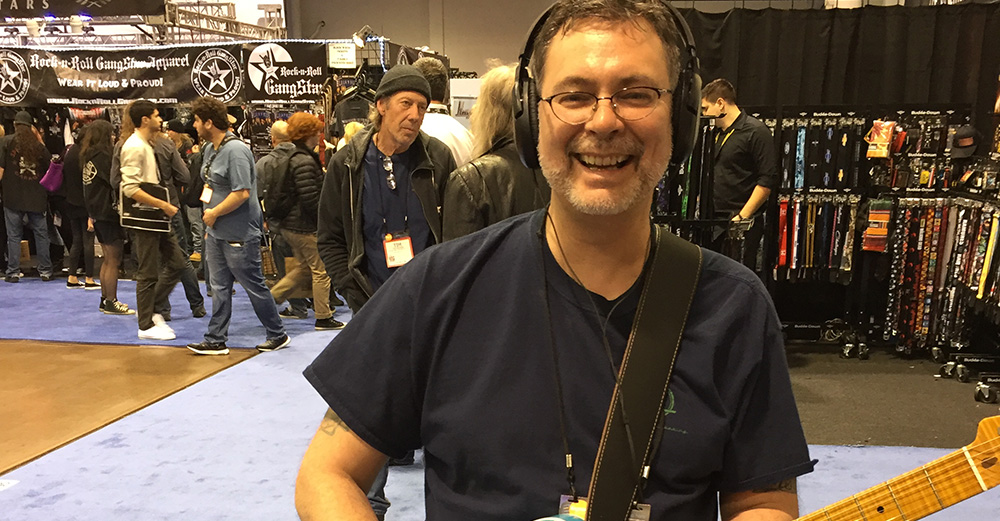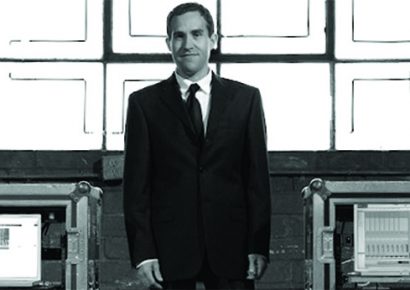The foundation and remarkable success of Keeley Electronics is built upon custom pedals and modifications. How has approaching pedal manufacturing from a modification standpoint shaped the company?
The modifications started with tube amplifiers and Gerald Weber’s book A Desktop Reference of Hip Vintage Guitar Amps. It was my first glimpse into understanding that I could further shape the design in a way that other engineers may not have been able to do because of some constraint on their design agenda or possibly their taste. Realising that freedom was critical, I had worked on gear for 15 years prior to building amps and never considered changing circuits to make them sound better or perform differently. That changed with the book.
When I started in pedals I didn’t see a lot of switches and options for changing clipping diodes, or added control knobs, etc. That is now always in my mind; how can I make this flexible and allow it to achieve a wide range of tones? As I continue to move forward it is now always a question of, “how can we tweak this design to do this or that or to be more dynamic, touch sensitive, intuitive?”
You often prioritise quality over quantity with your pedals – we rarely see a Keeley pedal with heaps of knobs or crazy functions. Why is that?
Ah, but you will soon! The 30ms and Seafoam Plus are starting to have a lot of configurable options that are often times internal. Craighton Hale and Aaron Tackett (my junior engineers at Keeley) are incredible at making sure I can realise all of the tools that guitar players want in their equipment. I balance that with the fact that it’s going to be a small box on a dark stage and your better being able to get a great sound out of it in just a few seconds! It’s a fantastic set of walls to design within. If it’s working, we add features until it doesn’t work anymore, then figure out how to make it work again.
What kind of impact has the rapid growth of technology had on Keeley Electronics? Your Tone Workstation, for instance, has been revamped ten years after its initial design – the versatility that it now offers, without compromising quality is unreal.
Again it’s my entire team. They are uncompromising. I’m now like an air traffic controller for ideas. When I tripled the capacity for something 6 months ago, it feels like just enough to get by today. When I used to say no, that is beyond our ability, I’ve now learned that it’s just a matter of time and dedication. The key has been to develop platforms in which we can diversify on. It has been very expensive to do that, but the rewards are plenty.
With my guys we can literally develop a pedal concept and have a circuit designed, board made, enclosure manufactured in house and graphics designed and printed in 48 hours if needed. It generally takes a month for a new design, but we’ve had to do it many times in the past. Now we just move at that accelerated rate and with the mindset that the circuit or design has to be fluid and malleable. It all comes from the modification days in retrospect.
The 30ms Automatic Double Tracker is a more recent example of Keeley innovation and ingenuity. From where did the idea to take double tracking from the studio to the live setting originate?
The 30ms is a fantastic point in time for us. We had just finished the DynaTrem, which was the first case of us using DSP to create dynamic tremolo. Then we added reverb to one of the controls just to flex our muscles. So that design featured 3 modes and reverb. When Aaron was experimenting with chorus and delays, he started to read about double tracking by Ken Townsend and John Lennon. We both realised that we could create a pitch shifted voice that could be either sharp or at and we could allow players to move it behind in time a very controlled amount of time – from 0 to 30ms. That was nothing we could have done in the analog world. Then we add a variety of other studio style tricks to the pedal, or yeah and add reverb, and then make it stereo, and we had a hard time stopping!
I’ve always forced myself to dream about pedal ideas. That’s how many of the ideas during the mod-era came about. While driving, I sit there and force myself to think of ideas that haven’t been done. In the past I simply didn’t have the tools or team to implement them. Now we can just dream and then see what it takes to implement it. The new Bubble Tron is that way. It’s a dynamic multi-feedback anger and dual anti-tandem phaser with Moog-style random tremo-filter. We force ourselves to think outside the box or draw from complex studio ideas.
For more info on Keeley Electronics, head to robertkeeley.com.

